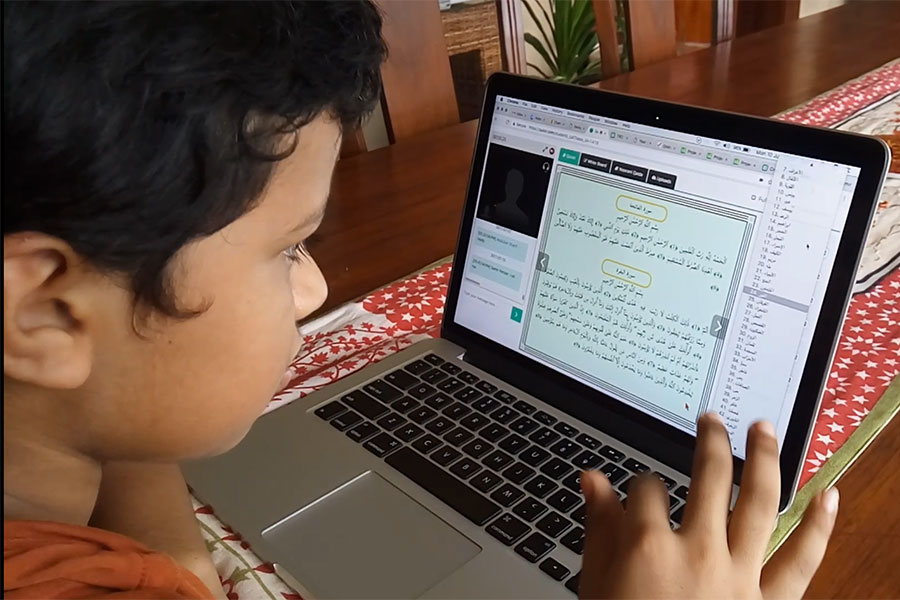In the world of programming, Python and JavaScript are two of the most popular languages, each with its own unique strengths and use cases. As we step into 2023, it’s essential to understand the key differences between these two languages to help you make informed decisions when choosing the right tool for your coding needs.
Note: If you are a student and struggling with your Python Programming assignment, then you can get the best Python Programming Help from our experts.
What is Python?
Python is a high-level, versatile, and interpreted programming language created by Guido van Rossum and first released in 1991. It is renowned for its readability, simplicity, and ease of use, making it an excellent choice for beginners and experienced developers alike.
Key Features of Python
Readability: Python’s syntax is designed to be clear and concise, emphasizing code readability. This feature reduces the cost of program maintenance and development.
Versatility: Python supports various programming paradigms, including procedural, object-oriented, and functional programming, making it adaptable to different project requirements.
Extensive Standard Library: Python comes with a vast standard library, offering pre-written modules and functions that simplify common tasks, such as file handling, web development, and data manipulation.
Cross-Platform Compatibility: Python is available for Windows, macOS, and Linux, ensuring that your code can run on different operating systems without modification.
Open-Source: Python is open-source, meaning it is free to use and has an active community of developers who continually contribute to its improvement.
Now, let’s delve into JavaScript.
What is JavaScript?
JavaScript, often abbreviated as JS, is a high-level, interpreted scripting language mainly used for web development. It was created by Brendan Eich in 1995 and quickly became a cornerstone of modern web development.
Key Features of JavaScript
Client-Side Scripting: JavaScript is primarily used for client-side web development, allowing developers to create interactive and dynamic web pages that respond to user actions without the need for server-side processing.
Wide Browser Support: JavaScript is supported by all major web browsers, making it a crucial tool for front-end web development.
Asynchronous Programming: JavaScript excels in handling asynchronous tasks, which is essential for tasks like making AJAX requests, handling user interactions, and managing events.
Extensible: JavaScript can be extended through libraries and frameworks like React, Angular, and Vue.js, which simplify complex tasks and enhance the development process.
Versatility: While JavaScript is primarily associated with web development, it can also be used for server-side programming through technologies like Node.js, expanding its scope beyond the browser.
Python vs JavaScript: Major Differences
Now that we have a basic understanding of Python and JavaScript, let’s explore the 11 major differences between these two programming languages in 2023.
1. Type System
Python: Python uses a dynamic typing system, meaning you don’t need to declare variable types explicitly. The interpreter determines the type at runtime, which can lead to more flexible and concise code.
JavaScript: JavaScript also employs dynamic typing, allowing you to change variable types during runtime. This flexibility can be powerful but may also introduce unexpected behavior in complex applications.
2. Syntax
Python: Python is known for its clean and readable syntax, which relies on indentation (whitespace) to define code blocks. This feature enforces a consistent coding style and reduces the likelihood of syntax errors.
JavaScript: JavaScript’s syntax is C-style, which uses curly braces ({}) to define code blocks. While this syntax is familiar to many developers, it can sometimes lead to subtle bugs due to issues with semicolon placement.
3. Use Cases
Python: Python is a versatile language used in various domains, including web development (Django, Flask), data analysis (Pandas, NumPy), machine learning (TensorFlow, PyTorch), scientific computing, and automation.
JavaScript: JavaScript is primarily used for web development, both on the client side (front-end) and server side (Node.js). It’s essential for creating interactive web applications and is not commonly used for tasks outside of web development.
4. Concurrency
Python: Python traditionally struggled with concurrency due to the Global Interpreter Lock (GIL) in CPython (the most widely used Python implementation). While this limitation has been mitigated in some cases, Python’s concurrency capabilities are still considered weaker compared to other languages.
JavaScript: JavaScript is well-suited for asynchronous programming and concurrency. With features like Promises and async/await, it can efficiently handle multiple tasks simultaneously, making it a robust choice for web applications with real-time updates.
5. Performance
Python: Python is generally slower than JavaScript due to its interpreted nature and dynamic typing. While optimizations have been made, Python might not be the best choice for high-performance applications or real-time systems.
JavaScript: JavaScript engines like V8 (used in Node.js and Chrome) have made significant performance improvements, making it suitable for high-performance web applications and even some server-side tasks.
6. Ecosystem and Libraries
Python: Python boasts a rich ecosystem of libraries and frameworks for various domains, including web development, data science, machine learning, and more. The Python Package Index (PyPI) is a vast repository of open-source packages.
JavaScript: JavaScript has a thriving ecosystem of libraries and frameworks, especially for web development. Popular front-end libraries like React and Vue.js and server-side frameworks like Express.js have solidified JavaScript’s position in the web development world.
7. Error Handling
Python: Python’s error handling is robust and user-friendly. It uses exceptions for error handling, allowing developers to catch and handle specific errors gracefully.
JavaScript: JavaScript uses try…catch statements for error handling, which can sometimes lead to less descriptive error messages. However, modern JavaScript has improved error handling with features like async/await, making it more developer-friendly.
8. Community and Support
Python: Python has a vast and active community of developers who contribute to its growth. This community support ensures that you can find answers to most programming questions and access a wealth of resources and tutorials.
JavaScript: JavaScript’s community is even more extensive, given its central role in web development. You’ll find an abundance of resources, forums, and communities dedicated to JavaScript, making it easy to seek help and collaborate with others.
9. Debugging Tools
Python: Python offers a range of debugging tools, including built-in modules like pdb and integrated development environments (IDEs) like PyCharm. These tools make it easier to identify and fix issues in your code.
JavaScript: JavaScript benefits from browser developer tools like Chrome DevTools, which allow you to inspect, debug, and profile your code directly in the browser. These tools are indispensable for front-end web development.
10. Package Management
Python: Python uses package managers like pip and conda to manage dependencies and install packages. The availability of the Python Package Index (PyPI) simplifies the process of finding and installing third-party packages.
JavaScript: JavaScript uses npm (Node Package Manager) for package management in Node.js applications and yarn as an alternative package manager. These tools make it easy to manage project dependencies, share code, and collaborate with other developers.
11. Learning Curve
Python: Python is often praised for its gentle learning curve, making it an excellent choice for beginners. Its simple and readable syntax allows new developers to quickly grasp programming concepts and write code.
JavaScript: JavaScript’s learning curve can be steeper, especially for newcomers to programming. The language’s dynamic nature and some intricate features may pose challenges to beginners, but once mastered, it offers powerful capabilities.
Conclusion
Both Python and JavaScript have their unique strengths and are well-suited for specific use cases. Your choice between the two should depend on your project requirements and personal preferences.
Choose Python If:
You need a versatile language for a wide range of applications, including web development, data analysis, machine learning, and automation.
Readability and clean syntax are essential to you.
You prefer a language with a gentle learning curve, especially if you’re a beginner.
Choose JavaScript If:
You’re primarily interested in web development, both on the client and server sides.
You require high-performance web applications with real-time capabilities.
You want to tap into the extensive JavaScript ecosystem and libraries for web development.
Remember that many developers choose to learn and use both Python and JavaScript to broaden their skill set and tackle a wider variety of projects. Ultimately, the choice between these two languages should align with your project goals and your personal coding style.
In 2023, Python and JavaScript continue to be dominant forces in the programming world, each contributing to the ever-evolving landscape of technology. By understanding their differences, you can make informed decisions and leverage the strengths of these languages to create innovative and impactful software solutions.





